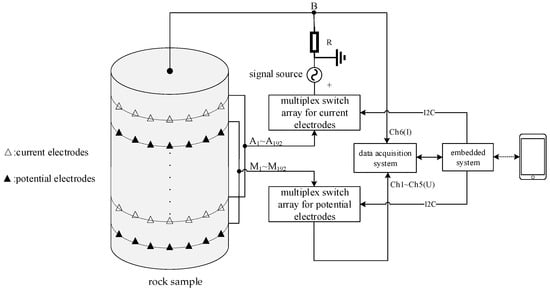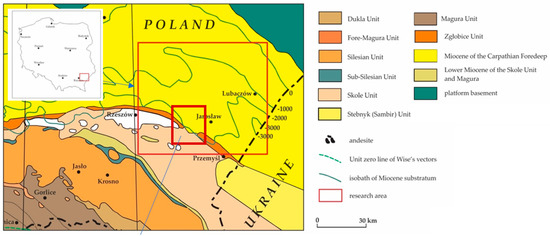Advances in Theoretical and Applied Geophysics
A topical collection in Applied Sciences (ISSN 2076-3417). This collection belongs to the section "Earth Sciences".
Viewed by 12459Editor
Interests: geophysics; earth physics; seismology; applied geophysics
Special Issues, Collections and Topics in MDPI journals
Topical Collection Information
Dear Colleagues,
The Topical Collection of Advances in Theoretical and Applied Geophysics is an international and interdisciplinary forum for the publication of results and discussions regarding the Earth’s interior geophysical research, covering the entire multitude of scientific geophysical methods aiming to understand deep and shallow processes in various tectonic settings and acting at different geophysical times and lengths.
Advances in Theoretical and Applied Geophysics invites high-quality research papers, express letters and invited review papers on all aspects of theoretical, computational, experimental, applied and observational geophysics.
The focus of this Topical Collection of Applied Sciences is to promote our understanding of the geophysical processes operating in, on, and around the Earth, and their evolution. Contributions are welcome on all aspects of:
- Elastic waves in the Earth, Earth's internal structure;
- Observational and theoretical aspects related to earthquake occurrence (seismotectonics, seismicity, historical seismicity, seismic source physics, strong ground motion studies, Earthquake Early Warning Systems, seismic and tsunami hazard or risk, engineering seismology, physics of fault systems, triggered and induced seismicity, mining seismology, volcano seismology, earthquake prediction, structural investigations ranging from local to regional and global studies);
- Recent advances observational and theoretical aspects related to Applied Geophysics (seismic and electromagnetic exploration, magnetotellurics, archeogeophysics, inversion techniques, time–domain electromagnetics, radar, electrical resistivity tomography and induced polarization, spontaneous potential), nuclear magnetic resonance) and addressing environmental, engineering, and hydrogeological issues;
- Natural magnetism over all temporal and spatial scales, and solid-Earth electromagnetic processes related to natural or artificial sources, as applied to problems across the Earth, environmental and planetary sciences;
- Thermal processes in the Earth, petrophysic and Earth’s materials, laboratory measurements of physical parameters of crustal and mantle rocks, and their application to geophysics;
- Satellite techniques to study the Earth’s surface (satellite geodesy, interferometry, gravity) to solve geophysical problems are welcome.
- Geophysical geodynamics, mantle geodynamics, plate tectonic processes, crustal and mantle rheology, geodynamics of magma transport, rheology and numerical modelling of geodynamic processes;
- Artificial intelligence and machine learning in geophysics;
- Remote sensing and big data applications in geophysics;
- Geophysical instrumentation.
Whenever possible, we encourage use of reproducible methods, and sharing of the computer codes and associated data.
Prof. Dr. Filippos Vallianatos
Collection Editor
Manuscript Submission Information
Manuscripts should be submitted online at www.mdpi.com by registering and logging in to this website. Once you are registered, click here to go to the submission form. Manuscripts can be submitted until the deadline. All submissions that pass pre-check are peer-reviewed. Accepted papers will be published continuously in the journal (as soon as accepted) and will be listed together on the collection website. Research articles, review articles as well as short communications are invited. For planned papers, a title and short abstract (about 100 words) can be sent to the Editorial Office for announcement on this website.
Submitted manuscripts should not have been published previously, nor be under consideration for publication elsewhere (except conference proceedings papers). All manuscripts are thoroughly refereed through a single-blind peer-review process. A guide for authors and other relevant information for submission of manuscripts is available on the Instructions for Authors page. Applied Sciences is an international peer-reviewed open access semimonthly journal published by MDPI.
Please visit the Instructions for Authors page before submitting a manuscript. The Article Processing Charge (APC) for publication in this open access journal is 2400 CHF (Swiss Francs). Submitted papers should be well formatted and use good English. Authors may use MDPI's English editing service prior to publication or during author revisions.
Keywords
- geophysical imaging
- physics of the Earth’s interior
- applied, environmental and engineering geophysics
- satellite techniques
- earthquakes
- seismic waves
- geoelectromagnetisms
- geothermodynamics, geodynamics
- Earth’s rheology
- artificial intelligence and machine learning in geophysics










